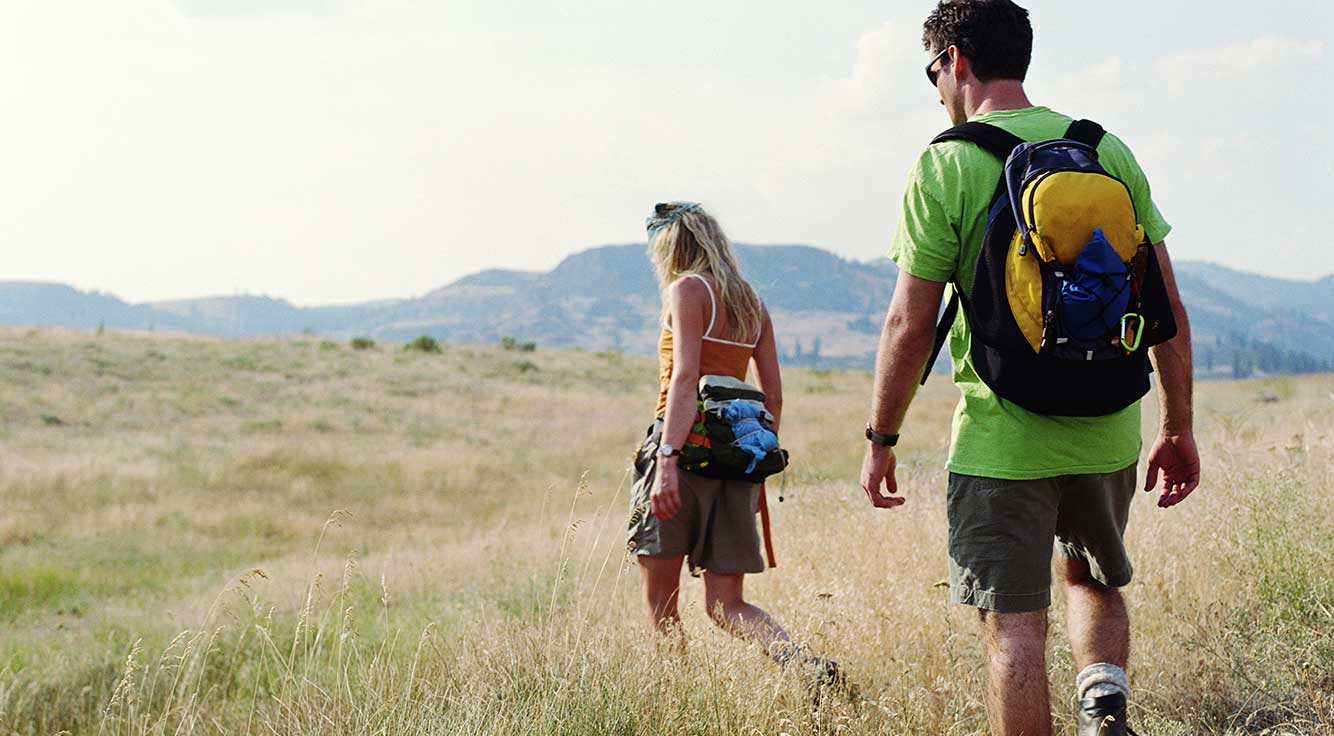
Sunscreen sense: Are you getting the coverage you need?
You’re wearing sunscreen — that’s great! It can help you avoid wrinkles, sunspots, and skin cancer. But don’t go wild on alfresco fun just yet. Kaiser Permanente dermatologist Nicole Annest, MD, sheds some light on a few falsehoods about sun safety that could be preventing you from getting all the protection you need.
Myth: A little dab’ll do.
Truth: Dr. Annest says many people use less than half the amount of sunscreen they should, so they don’t get the full SPF (sun protection factor) coverage listed on the packaging. For full protection, you need 1 ounce — about 2 tablespoons — approximately every 2 hours to cover your whole body, she explains.
Myth: You need a base tan before going on vacation.
Truth: A base tan — or an indoor tan that some people get before spending longer lengths of time in the sun — offers approximately SPF 2, so it’s not very protective. Furthermore, Dr. Annest says, a tan is just a sign of skin damage.
Myth: You don’t need to wear sunscreen when it’s cloudy.
Truth: Shade does not completely protect from ultraviolet (UV) light, Dr. Annest explains. In fact, she says, 50% of UV exposure on sunny days occurs in the shade.
Myth: If you have dark skin, you can skip the sunscreen.
Truth: While more protected from ultraviolet light, Dr. Annest explains, darker skin is still susceptible to the harmful effects of the sun. “I frequently treat skin cancer in patients with darker skin types,” she says.
Made in the shade?
Taking cover might not give us all the protection we think. For example, a study in JAMA Dermatology found that a beach umbrella alone does not offer significant protection against sunburn — especially when spending a long period of time outside.*
Dr. Annest encourages her patients to wear SPF 30+ sunscreen and a hat whenever they’re spending time in the sun.
How well do you know your skin?
To learn more about how to protect your skin from irritation, infection, and sun damage, visit Learning about your skin on kp.org.
*Hau Ou-Yang et al, “Sun Protection by Beach Umbrella vs Sunscreen With a High Sun Protection Factor: A Randomized Clinical Trial,” JAMA Dermatology, March 2017
In the Spotlight – Find out what’s happening in your area:





